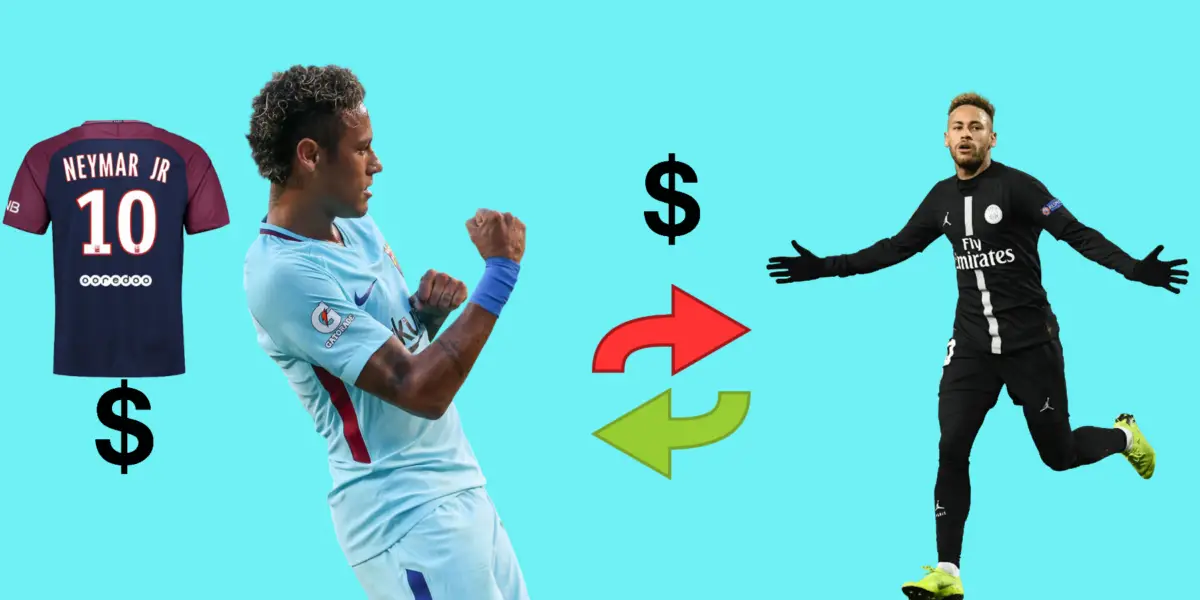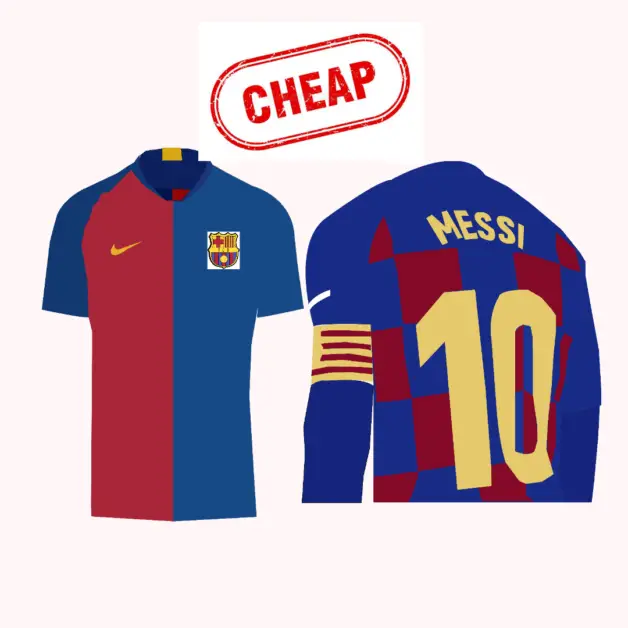Soccer, or football as it’s known in many parts of the world, is a global powerhouse, with top clubs generating billions each season. But while fans see the glamour of the sport, the question often arises: How do soccer club owners actually make money from their investments? The answer lies not just in the revenues generated by the club, but in the various financial strategies that owners use to maximize their returns. Keep in mind that this subject differs slightly from how Clubs make money; this time the focus is on the owners.
Revenue Streams and How Soccer Club Owners Make Money
To understand how soccer club owners make money, we first need to look at the major revenue streams and how they funnel profits back to the owner. Each of these revenue channels contributes not only to the club’s financial health but also directly impacts the owner’s bottom line.
1. Broadcasting Rights and Media Revenue
One of the most lucrative revenue streams for soccer clubs comes from broadcasting deals. The sale of broadcasting rights is a multi-million-dollar business, with the Premier League, La Liga, and UEFA Champions League leading the pack. Clubs receive a share of the revenue from these deals, and this money flows directly into the owner’s coffers.
For example, in the 2021-2022 season, the Premier League generated £2.7 billion from broadcasting rights (Deloitte). A significant portion of this revenue is distributed to clubs based on their performance, fanbase, and global reach. As a result, owners of top-tier clubs like Manchester United or Real Madrid benefit substantially from these deals. The higher a club’s profile, the larger the slice of the broadcasting pie the owner receives.
Moreover, successful teams that consistently participate in high-profile competitions like the UEFA Champions League command a larger share, which translates into higher income for the owner. As club owners typically have a stake in the team’s long-term growth and success, the revenue from broadcasting rights is an essential part of their return on investment.
2. Matchday Revenue
Matchday revenue is another significant source of income that benefits the owner directly. This includes income from ticket sales, concessions, and stadium-related sponsorships. Owners of clubs with large, modern stadiums, like Bayern Munich’s Allianz Arena or Barcelona’s Camp Nou, see substantial revenue from every match they host. Not only do owners benefit from selling tickets for packed stadiums, but they also profit from premium services like VIP packages, hospitality suites, and corporate boxes.
In fact, many top-tier club owners see matchday revenue as a consistent cash flow. For example, Liverpool’s matchday revenue was reported to be £110 million in the 2019/2020 season (Forbes), which goes directly into the club’s coffers, and by extension, into the owner’s hands. This is particularly profitable for owners when their clubs perform well, as higher demand for tickets and exclusive packages boost overall sales.
3. Sponsorship and Commercial Deals
Sponsorship deals and commercial partnerships have become essential in turning a profit as a soccer club owner. Top clubs can secure lucrative deals with global brands, such as shirt sponsorships, training gear sponsorships, or even stadium naming rights. Manchester United’s partnership with Adidas, worth an estimated £750 million, is a prime example of how these deals work. These partnerships benefit the owner directly by increasing club revenue and boosting the club’s visibility, which, in turn, strengthens the club’s brand.
Read Also: Who Is Buying Manchester United?
Owners like Roman Abramovich (formerly of Chelsea) or Sheikh Mansour (Manchester City) make their money through these sponsorship agreements. Not only do these deals generate substantial income, but they also increase the overall valuation of the club, making it more profitable for the owners. As global brands clamour for a piece of the football market, owners can leverage these high-profile sponsorships to boost their financial returns.
4. Player Transfers
Perhaps one of the most talked-about ways owners make money is through player transfers. When a club buys a player for a relatively low price and later sells them for a much higher fee, it can result in a significant profit for the owner. This model is particularly prominent in clubs with strong youth academies or those specializing in finding undervalued talent.
For example, clubs like Borussia Dortmund or Ajax have perfected the art of signing young talent, developing them, and then selling them for a substantial profit. When Neymar transferred from Barcelona to Paris Saint-Germain for €222 million in 2017, PSG’s owner, Qatar Sports Investments, saw not just an increase in sponsorship opportunities but also a considerable boost to the club’s valuation.
Owners profit from player transfers in two ways. First, they make money from the sale itself, especially when they sell a star player at a premium. Second, the sale of a high-profile player can spark more interest in the club, boosting merchandise sales and attracting more sponsorships, ultimately leading to more money for the owner. The key here is that a successful transfer strategy can directly enhance the owner’s wealth.
5. Merchandising
Merchandise sales are another profitable venture for soccer club owners. Fans across the world are eager to purchase club-branded products, from jerseys to scarves to accessories. The global nature of football fanbases means that clubs can tap into a vast market for their merchandise.
For example, Real Madrid’s merchandise sales have been a key contributor to their financial success. The club generates hundreds of millions of dollars annually from selling jerseys, hats, and other products to a global fanbase. For owners, this stream of income represents a relatively stable and recurring source of revenue that continues to flow regardless of the team’s performance on the pitch.
The more successful the team is, the more merchandise fans want to buy. Owners can capitalize on this growing demand by ensuring that their clubs have a well-established merchandising operation, which directly contributes to their wealth. Real Madrid’s ability to sell branded products worldwide boosts not only the club’s financial standing but the owner’s profitability as well.
The Cycle of Success: How Owners Reap the Benefits
The most important thing to remember is that the financial success of a soccer club is intrinsically tied to its on-field performance. A winning team can expect higher revenues from broadcasting rights, sponsorships, matchdays, and merchandise. This creates a positive feedback loop: higher success means more money, which enables the club to attract better players and more sponsorship deals, thus increasing the owner’s wealth.
For example, when Manchester United won the Premier League and UEFA Champions League under Sir Alex Ferguson, the club’s valuation skyrocketed, and the owners made significant profits from an increase in commercial activity. Success doesn’t just translate into short-term profits—it has a long-lasting impact on the club’s marketability and its owner’s financial standing.
Additionally, the overall value of the club can increase, which means that owners can eventually sell the club for a profit. This is why many high-net-worth individuals or consortiums see soccer clubs as not just a sports investment but a profitable long-term venture.
Conclusion
In conclusion, soccer club owners make money by capitalizing on a combination of broadcasting rights, matchday revenue, sponsorships, player transfers, and merchandising. They are directly benefiting from the success of the club, as each of these streams increases the overall financial value of the team. With the right strategies, club owners can not only earn substantial annual profits but also see their investments grow in value, making soccer ownership a highly rewarding business venture.
As soccer continues to grow in popularity, club owners are well-positioned to see both short-term and long-term financial returns. However, these profits are not guaranteed—they require a delicate balance of sports performance, business acumen, and market timing to truly succeed.





